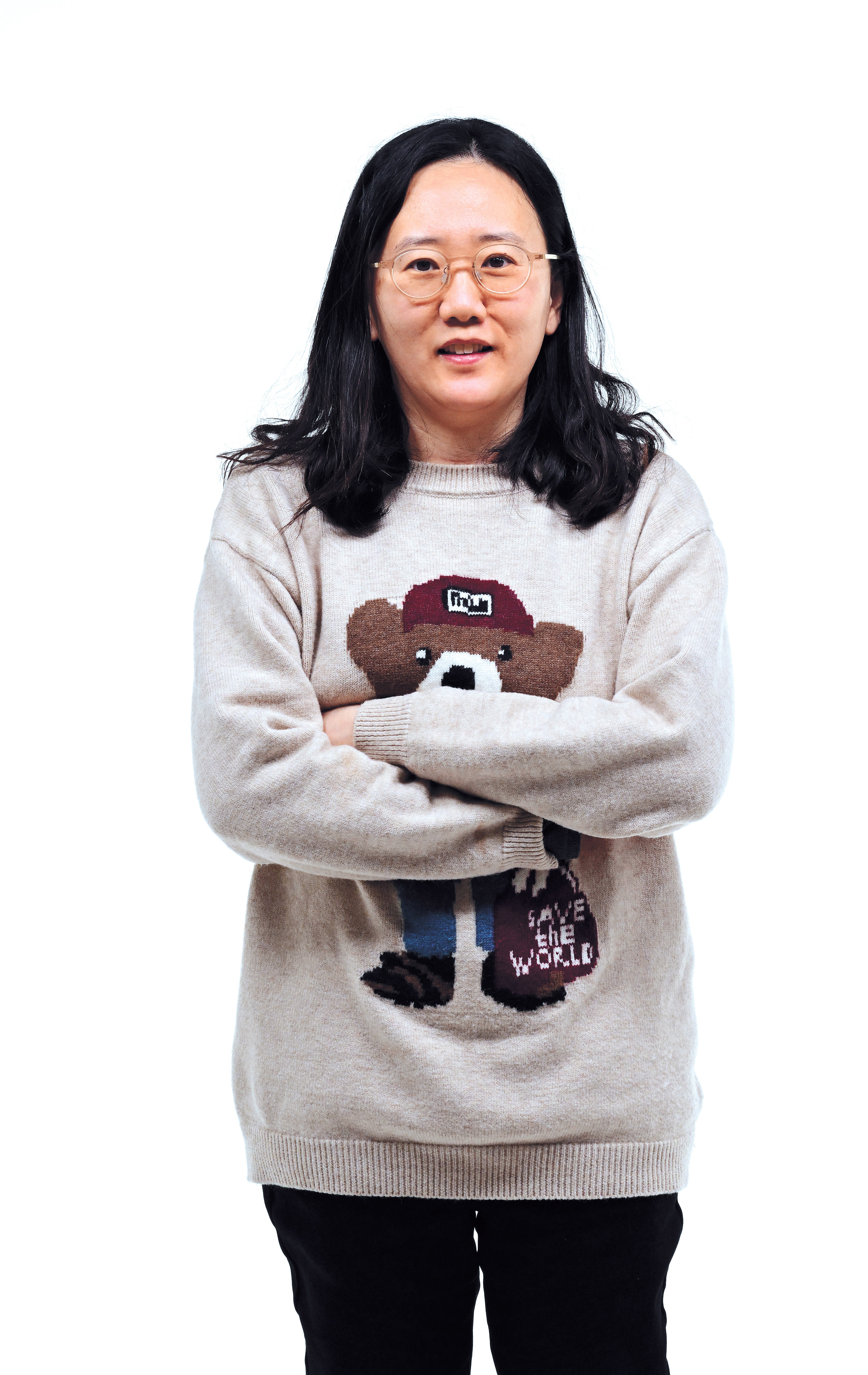Drywood termites, pests commonly found in tropical regions, appear in Seoul
By Kim So-hyunPublished : May 21, 2023 - 14:24

Sightings of drywood termites not known to exist in South Korea until now are on the rise, raising concerns the winged species could breed nationwide and damage the country’s wooden cultural assets among others.
Reports of these termites, which are considered pests because they feed on wood, in Seoul’s Gangnam-gu, and Asan, South Chungcheong Province, were recently made on online communities with photos.
After an on-site inspection last week, the Ministry of Environment confirmed that bugs found at a house in Nonhyeon-dong, Gangnam-gu were termites, marking the first documented instance of their existence in South Korea.

Drywood termites are known to live in tropical or subtropical regions and are highly destructive, as they dig tunnels inside wooden structures.
Similar types of termites that feed on wet wood were are known to live in Korea, but the new breed, known as Kalotermitidae Cryptotermes, eats dry wood as well.
These pests feed on cellulose, a common organic compound found in plant materials like cotton, paper and wood.
In southern parts of the US and Australia, drywood termites are known to be capable of destroying a wooden building the size of a school in two to three months.
It is unknown how the termites entered a house in Gangnam.
“Traces of them coming in from outside have not been found, so we assume they were inside a wooden door frame before it was transported to be used in the house,” an Environment Ministry official said.
There have been no additional reports of the termites in other homes or facilities so far, but the pests can spread quickly as they have wings, and are extremely hard to get rid of.
According to Park Hyeon-cheol, a drywood termite expert and professor of life science and environmental biochemistry at Pusan National University, the termites found in Asan do not seem to be the same as the newly introduced species found in Gangnam, but they can still damage wooden houses.
“A nationwide inspection in 1997 found drywood termite infestations in most of the cultural heritage assets,” Park told Yonhap News.
“When insecticides are sprayed, the termites immediately move to another location and damage new areas. Only a fraction of the termites come out of their colonies and are seen. Termite colonies must be accurately identified with experts’ help for thorough pest control.”
The drywood termites’ emergence in Seoul appears to be linked to the city’s rising temperatures due to climate change.
The termites don’t go away with subzero temperatures because during winter, they hide under the roots of trees or 10 to 50 meters underground, and re-emerge when the weather gets warmer, according to Park.





![[Weekender] Korea's traditional sauce culture gains global recognition](http://res.heraldm.com/phpwas/restmb_idxmake.php?idx=644&simg=/content/image/2024/11/21/20241121050153_0.jpg&u=20241123224317)











![[More than APT] Residents, architects together design homes](http://res.heraldm.com/phpwas/restmb_idxmake.php?idx=652&simg=/content/image/2024/11/24/20241124050036_0.jpg&u=)
